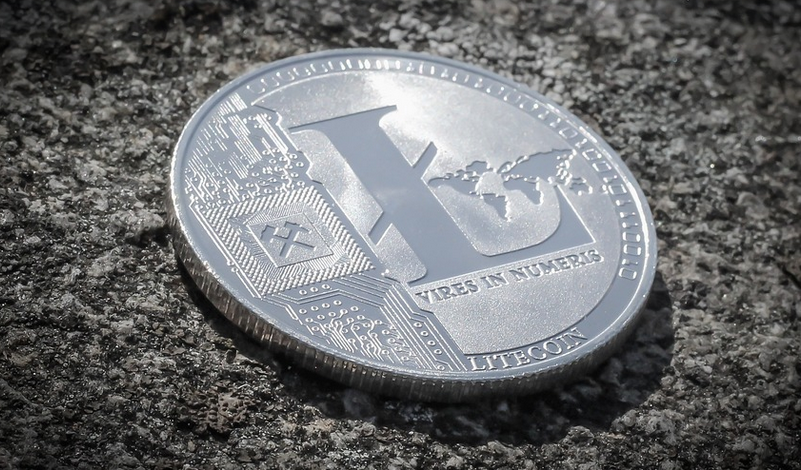Unmasking the Mystery of Financial Markets
Hey there, financial enthusiast! Ever felt lost amidst the whirlwind of stock market fluctuations? You’re not alone. The world of finance can feel daunting for many, especially when trying to decipher what “smart money” means. But fear not! This article will serve as your compass, navigating you through the intricate landscape of market dynamics.
The “smart money” vs. “dumb money” concept is a fascinating one that’s been around for ages. It essentially boils down to understanding who holds the reins in an investment strategy and how their decisions affect the overall market. Think of it as a game of chess – the smart players, those we call “smart money,” are moving pieces strategically on the board.
Let’s explore this dynamic duo further: the “smart money” crowd comprises experienced investors, hedge funds, institutional investors, and even large corporations. These entities possess a wealth of knowledge, analytical abilities, and access to vast resources that enable them to make informed investment decisions. They understand market trends, analyze financial statements with precision, and leverage sophisticated algorithms for quick, calculated moves.
On the other hand, “dumb money” refers to ordinary individuals or retail investors who are often driven by emotions, news cycles, and fleeting trends. They might chase what’s popular or react quickly to short-term market fluctuations. It’s important to remember that their individual investments, while common, can contribute to larger market shifts.
But how do we visualize this dynamic? Enter the “Smart Money vs Dumb Money” Chart. This chart serves as a visual representation of these different investment approaches and reveals which group is driving the market’s trajectory at any given moment.
The chart typically highlights two key components:
- Market Performance: This component displays the overall performance of the stock market, often measured by indices like the S&P 500 or Dow Jones Industrial Average.
- Investor Sentiment: This section provides insights into investor confidence and their perception of the market’s direction. It can be categorized into bullish (optimistic), bearish (pessimistic), or neutral (non-committal).
The chart then juxtaposes these two elements to showcase how the “smart money” crowd is reacting to market changes, and their investment strategies are shaping the overall direction of the market.
For instance, when “smart money” starts pouring into a particular stock or sector, it often leads to a surge in demand and ultimately pushes prices up. This can trigger a “buy-the-dip” mentality among other investors who see this as an opportunity for quick profits, driving the market even higher.
However, when “dumb money” acts impulsively based on fear or hype, it can create a “sell-the-rip” scenario where short-term market fluctuations amplify and quickly reverse direction. This sudden shift in investor sentiment can trigger volatility and even send the market into a downward spiral.
Remember: The “smart money” vs. “dumb money” chart is a dynamic indicator, constantly evolving as market conditions change. It’s helpful to track this chart alongside your own investment choices to ensure you stay in sync with broader market trends and adapt your strategies accordingly.
The most valuable use of this chart lies not in predicting the future but in understanding how market dynamics play out in real-time. By observing these patterns, investors can gain a clearer picture of the forces shaping their investments, ultimately empowering them to make more informed decisions.
***
